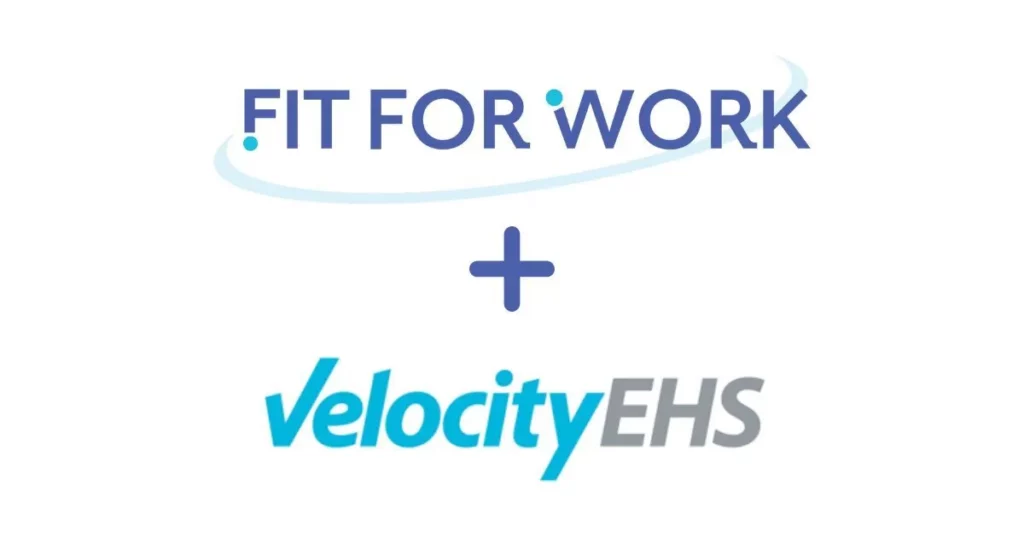When operations managers are pressed to include “ergo” in their work processes, there’s often a degree of push-back. Ergonomics brings to mind higher overhead and memories of “ergo solutions providers” that failed to move things past the status quo. However, “ergo” doesn’t need to be just another four-letter word. While an effective ergonomics program can increase productivity and decrease employee turnover, here are three lesser known ways ergonomics can help boost your organization’s bottom line: 1. Decreasing Direct and Indirect Medical Costs Workplace injuries, such as the musculoskeletal disorders (MSDs), come with direct and indirect medical costs. Direct costs include medical bills and workers’ comp payments, and indirect costs include lost productivity, absenteeism, and time and money spent training new employees. As the Centers for Disease Control and Prevention states, “[MSDs] account for nearly 70 million physician office visits in the United States annually, and an estimated 130 million total health care encounters including outpatient, hospital, and emergency room visits.” The Institute in Medicine further estimates work-related MSDs, as gauged by compensation costs, lost wages and productivity, costing “between $45 and $54 billion annually.” When making the case for ergonomics in your organization, figuring the direct and indirect costs of workplace injuries is vital to turning that situation around. 2. Decreasing Employee Presenteeism and Absenteeism High employee presenteeism and absenteeism is expensive, but can be mitigated by introducing ergonomics in the workplace. When employees are happy at their tasks, they are more loyal to their organizations. Along with reductions in discomfort and fatigue, employees feel greater satisfaction when their well-being is valued at work. 3. Assisting with ADA Compliance According to the U.S. Department of Labor, “Employers are responsible for providing a safe and healthful workplace for their workers. In the workplace, the number and severity of MSDs resulting from physical overexertion, and their associated costs, can be substantially reduced by applying ergonomic principles.” The cost of ADA noncompliance has only gotten more expensive. After April 2014, “the maximum civil penalty for a first violation of Title III [rose] from $55,000 to $75,000, and the maximum civil penalty for a second violation [rose] from $110,000 to $150,000,” according to the Hospitality Labor and Employment Law blog. When correctly implemented, ergonomics is very beneficial to all aspects of organizations, as well as being cost-effective.
3 Additional Ways Ergonomics Boosts the Bottom Line





